The Singerie: Monkeys acting as Humans in Art
Singerie — from the French for “Monkey Trick” — is a genre of
art in which monkeys are depicted aping human behaviour. Although the
practise can be traced as far back as Ancient Egypt, it wasn’t until the
16th century that the idea really took off and emerged as a distinct
genre. Some of its most famous champions include the Flemish engraver
Pieter van der Borcht (whose 1575 series of singerie prints were widely
disseminated), Jan Brueghel the Elder, and the the two Teniers brothers,
David Teniers the Younger and his younger brother Abraham Teniers. Into
the 18th century the genre saw great popularity in France, particularly
in the guise of the “singe peintre” (monkey painter), which offered up a
perfect parody of the art world’s pomposity. With monkeys, along with
apes, being our closest cognates in the animal world, they proved the
perfect medium for the satirising of society, which so often thinks
itself “above” the animal kingdom. Singeries have proved popular all the
way into the 21st century, notably in the fantastic work of the
American artist Walton Ford.
 |
Various: see source. |
 |
Underlying Work: PD Worldwide | Digital Copy: see source. |
 |
Download: Right click on image or see source for higher res versions |
Later version of the above image, by Pieter Feddes Harlingen, ca. early 17th century — Source.

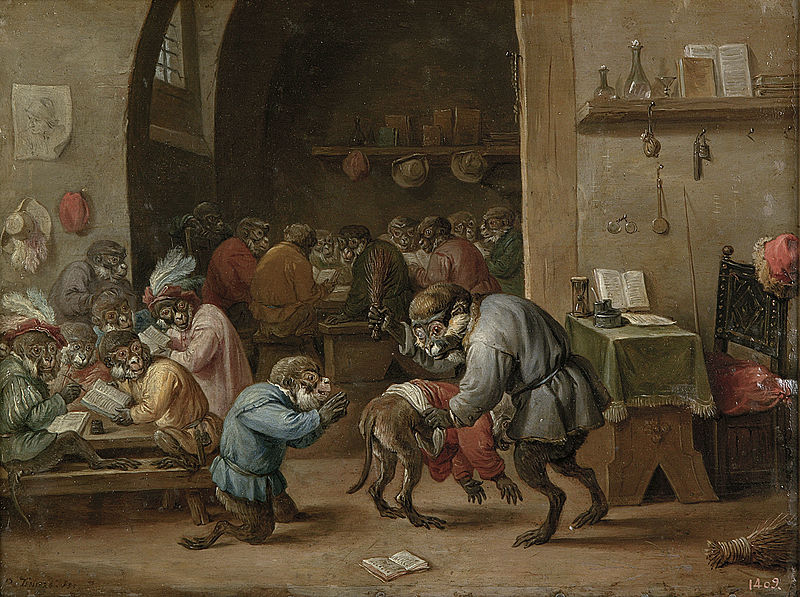
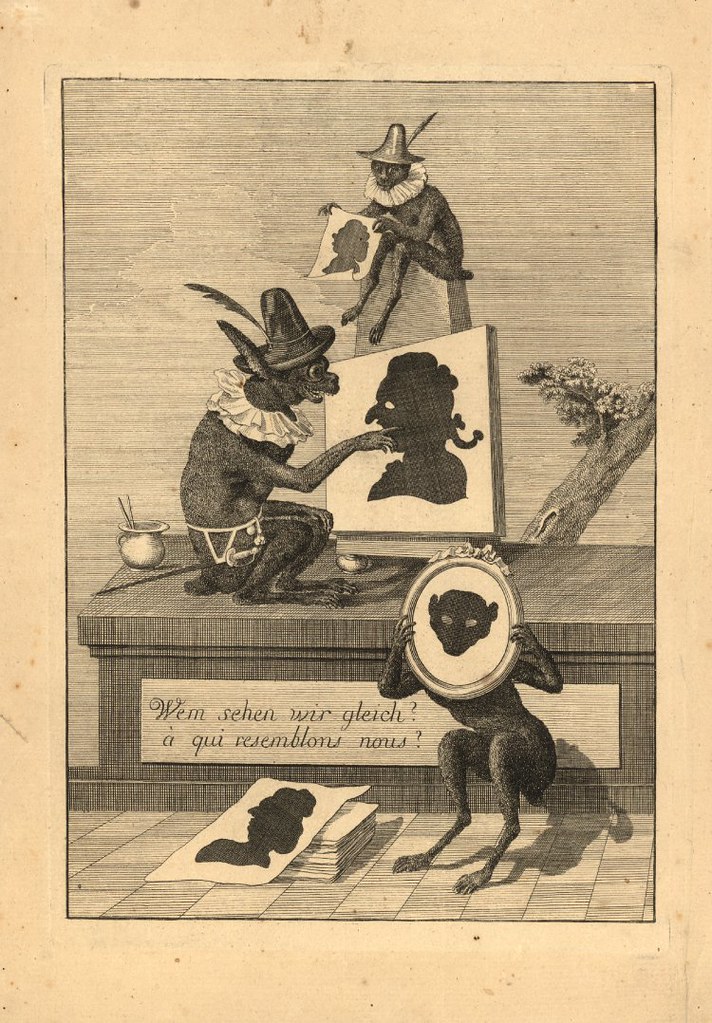


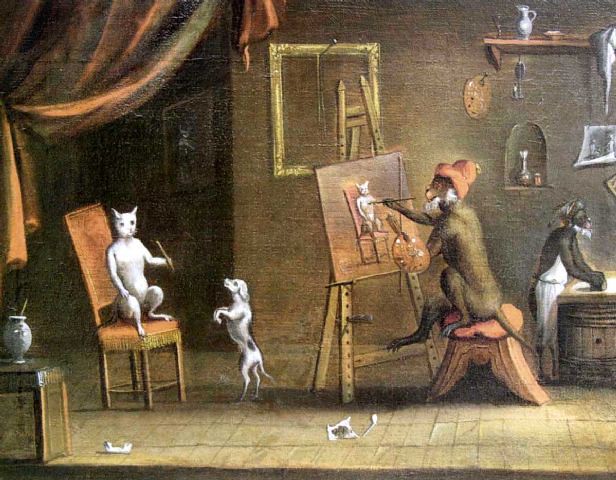

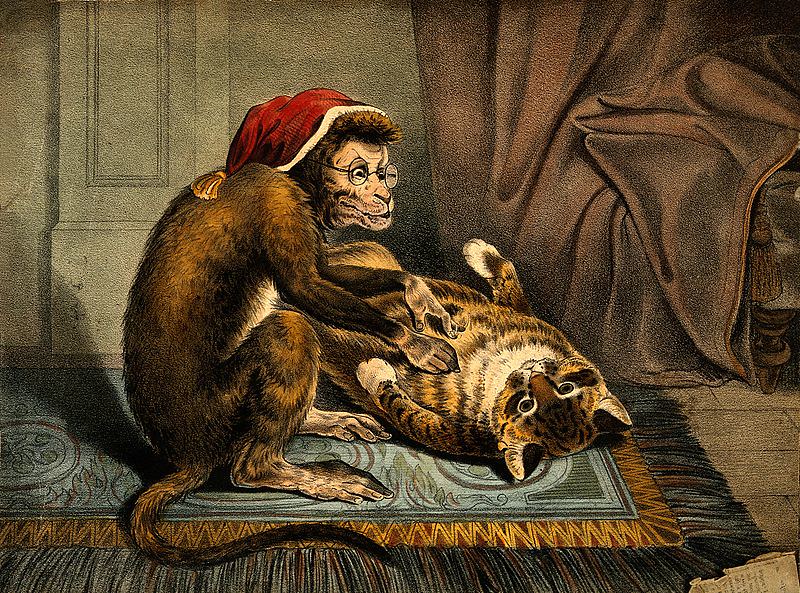
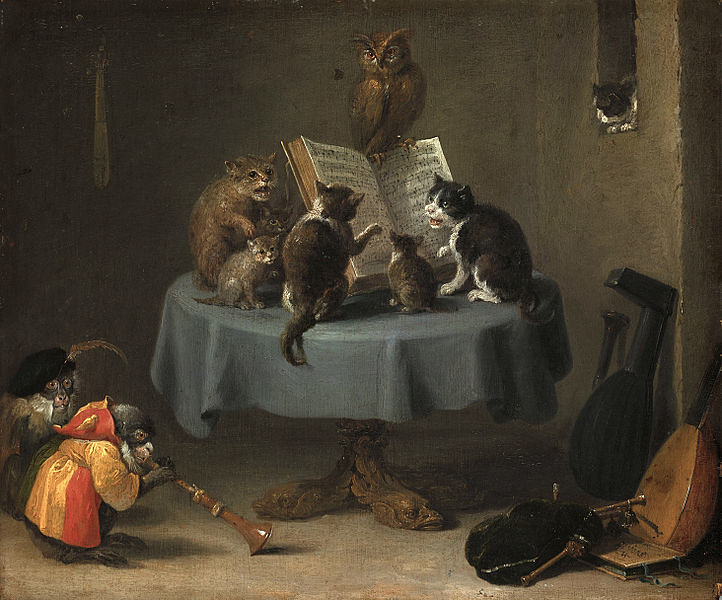
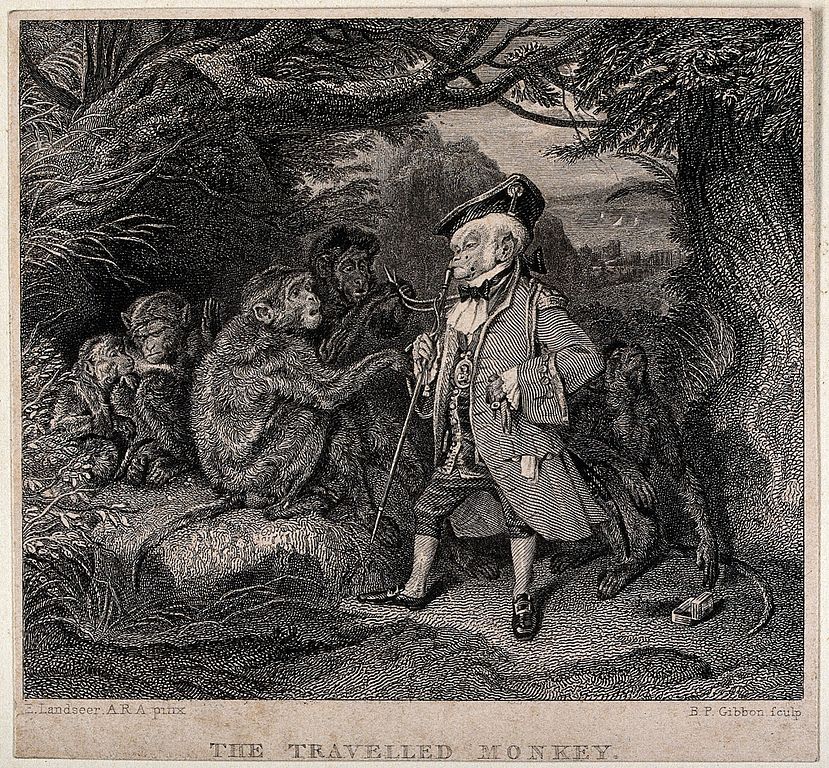
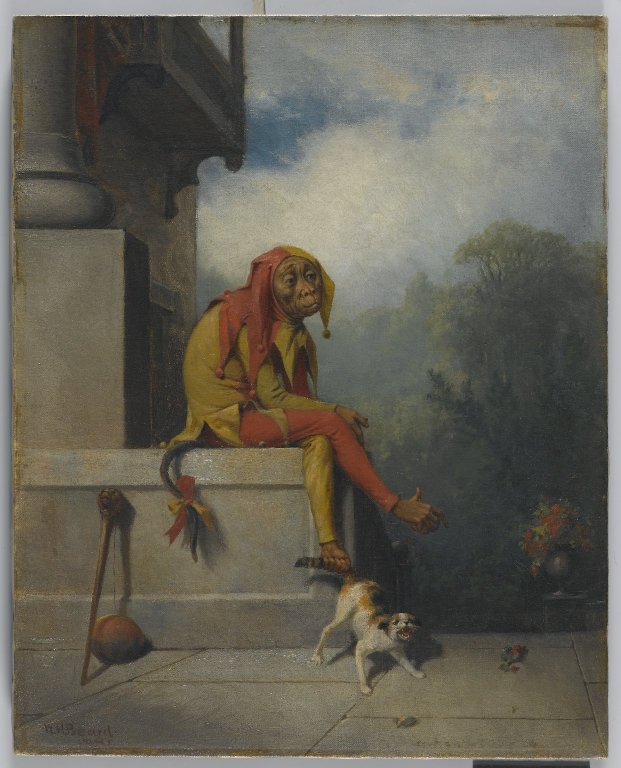
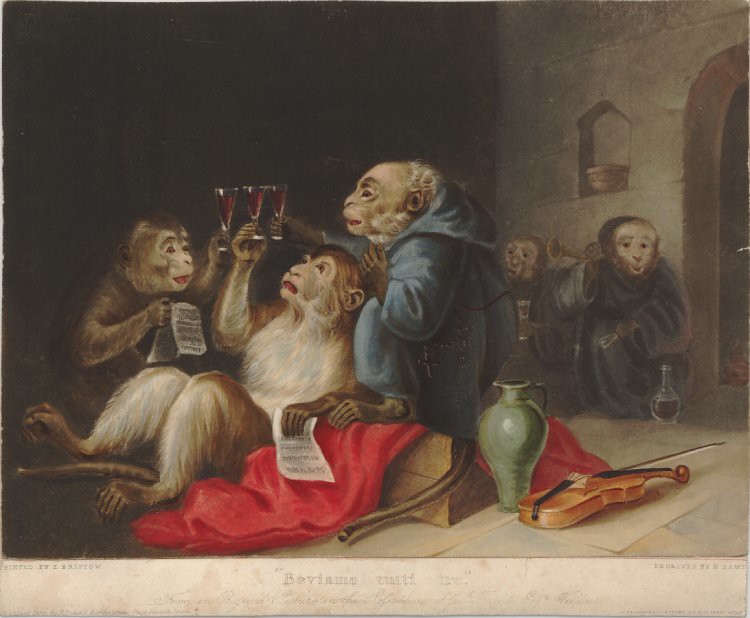

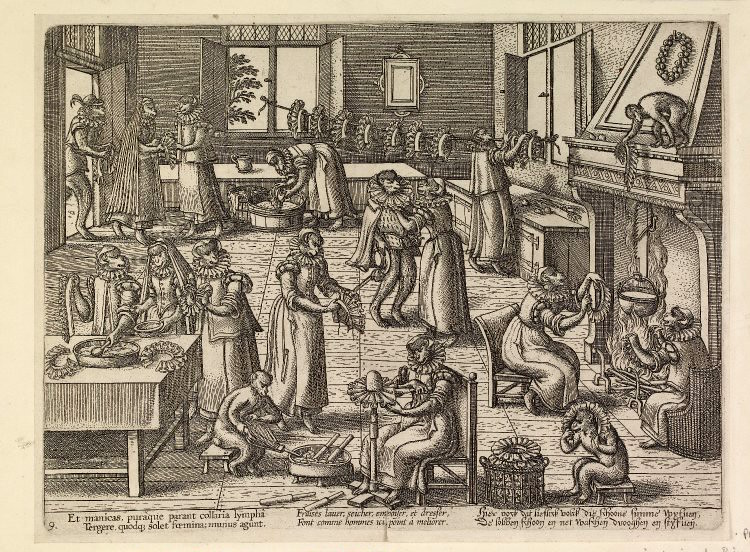
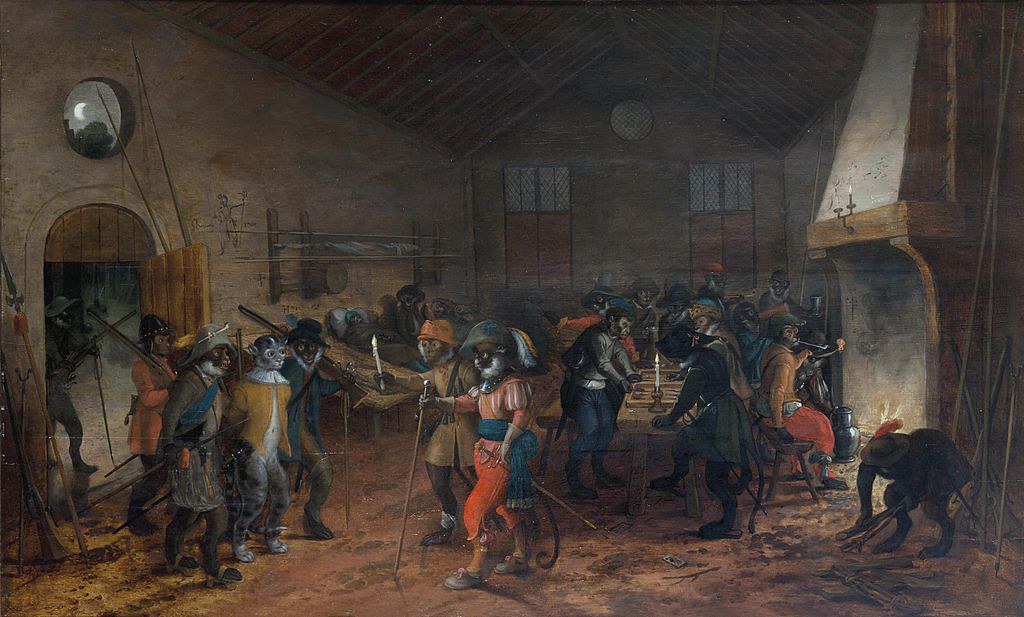
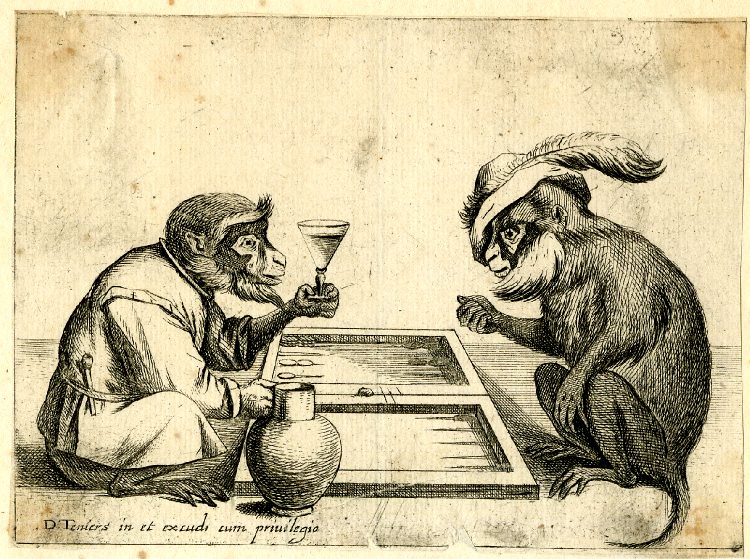
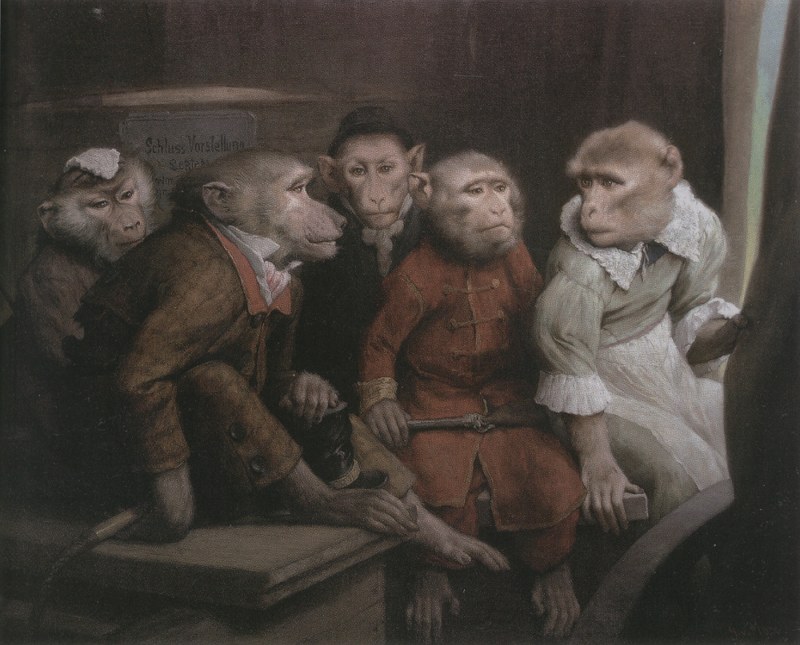
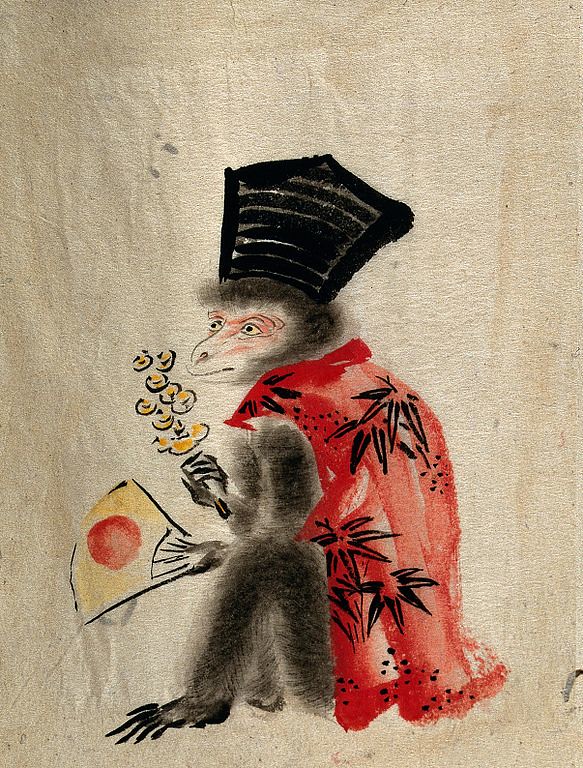
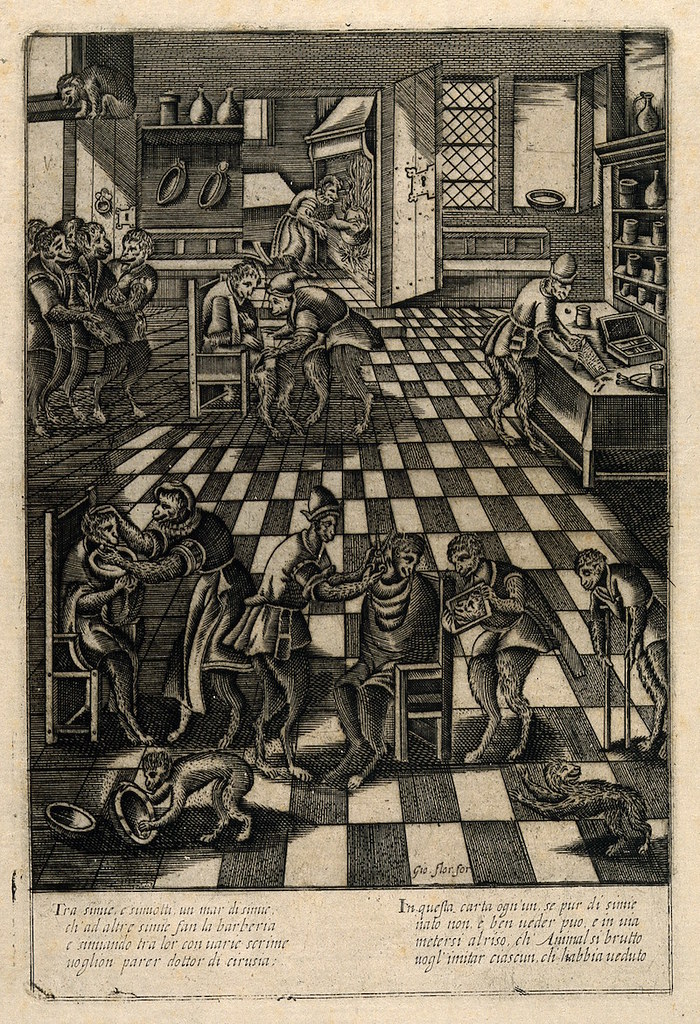

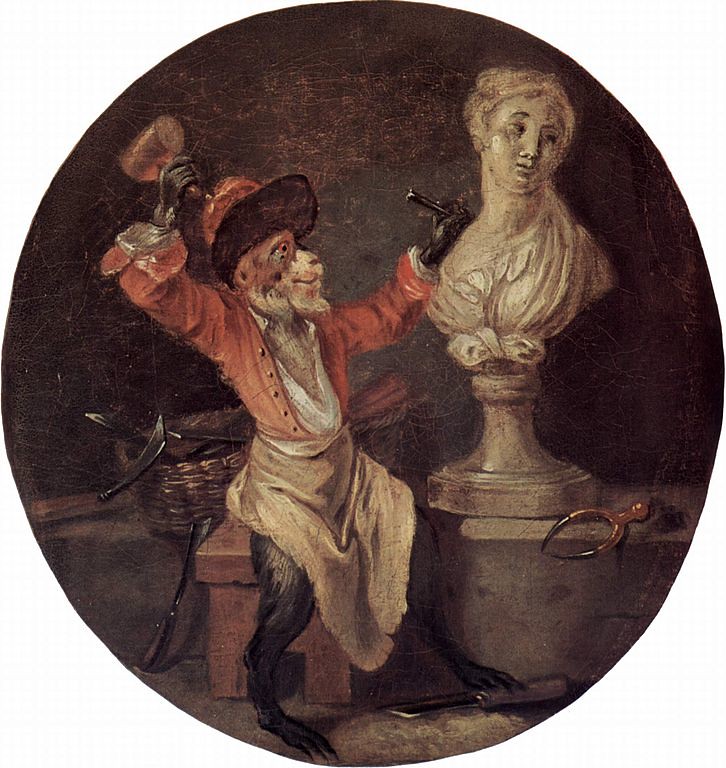

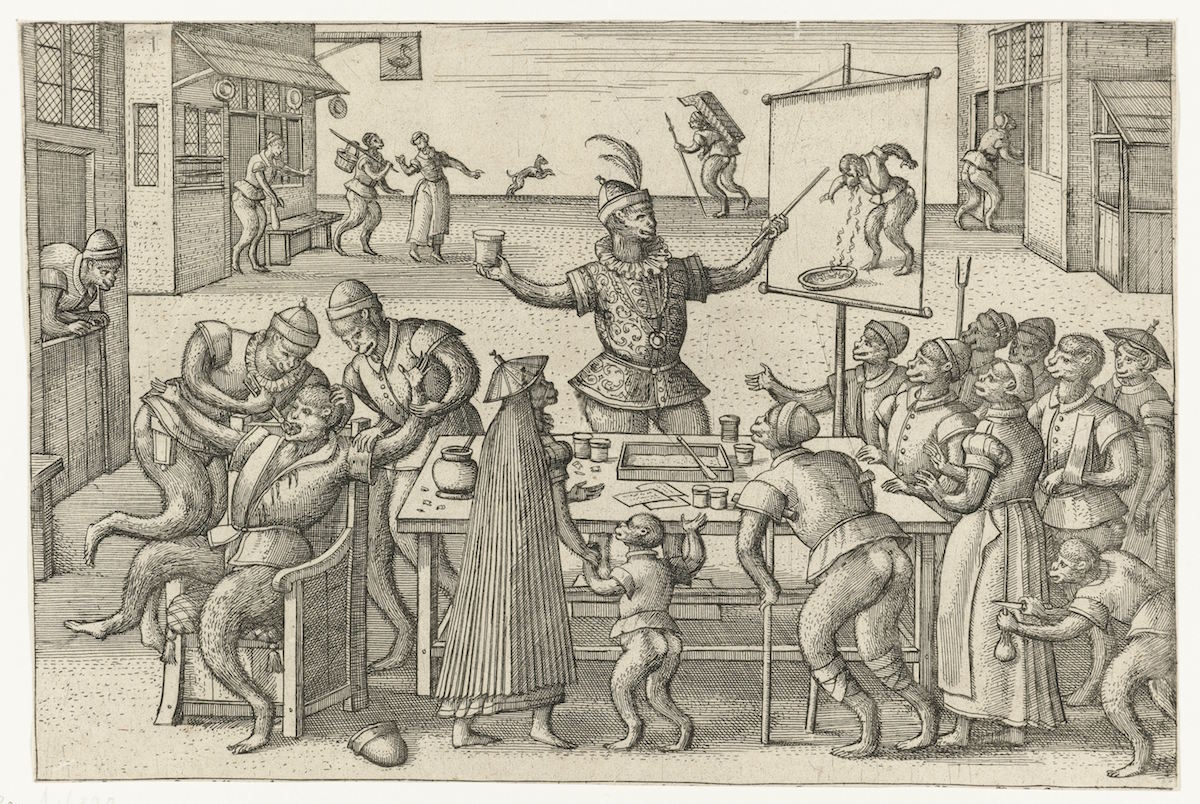
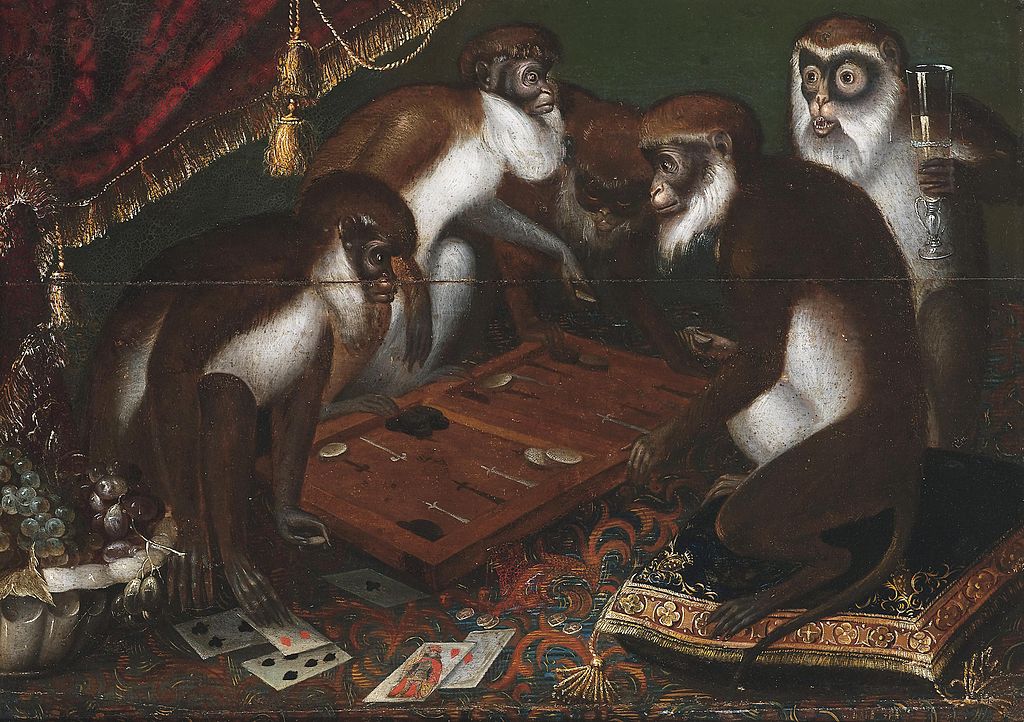
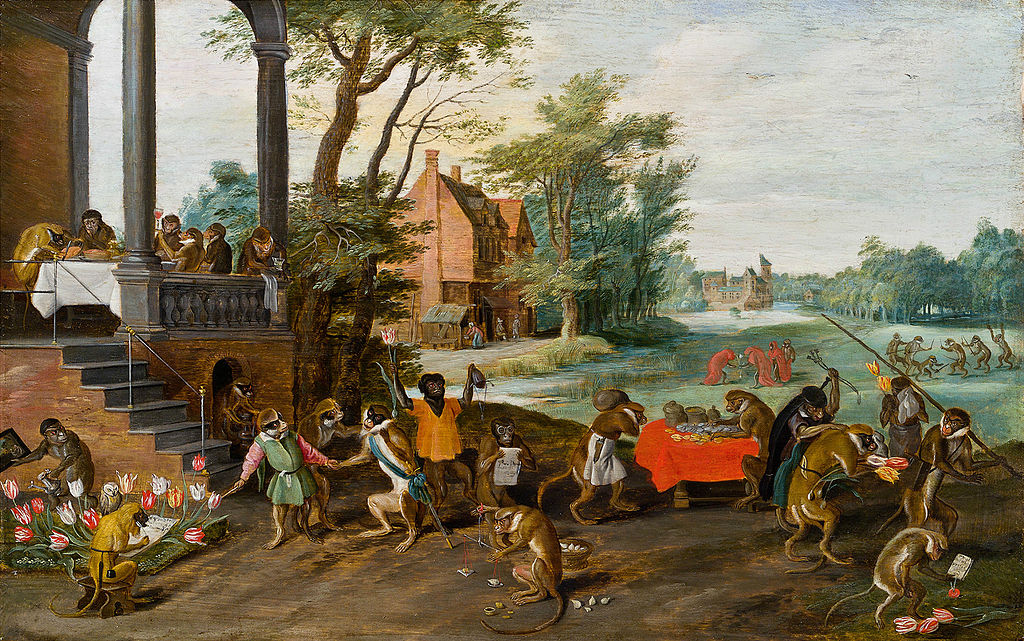












No comments:
Post a Comment